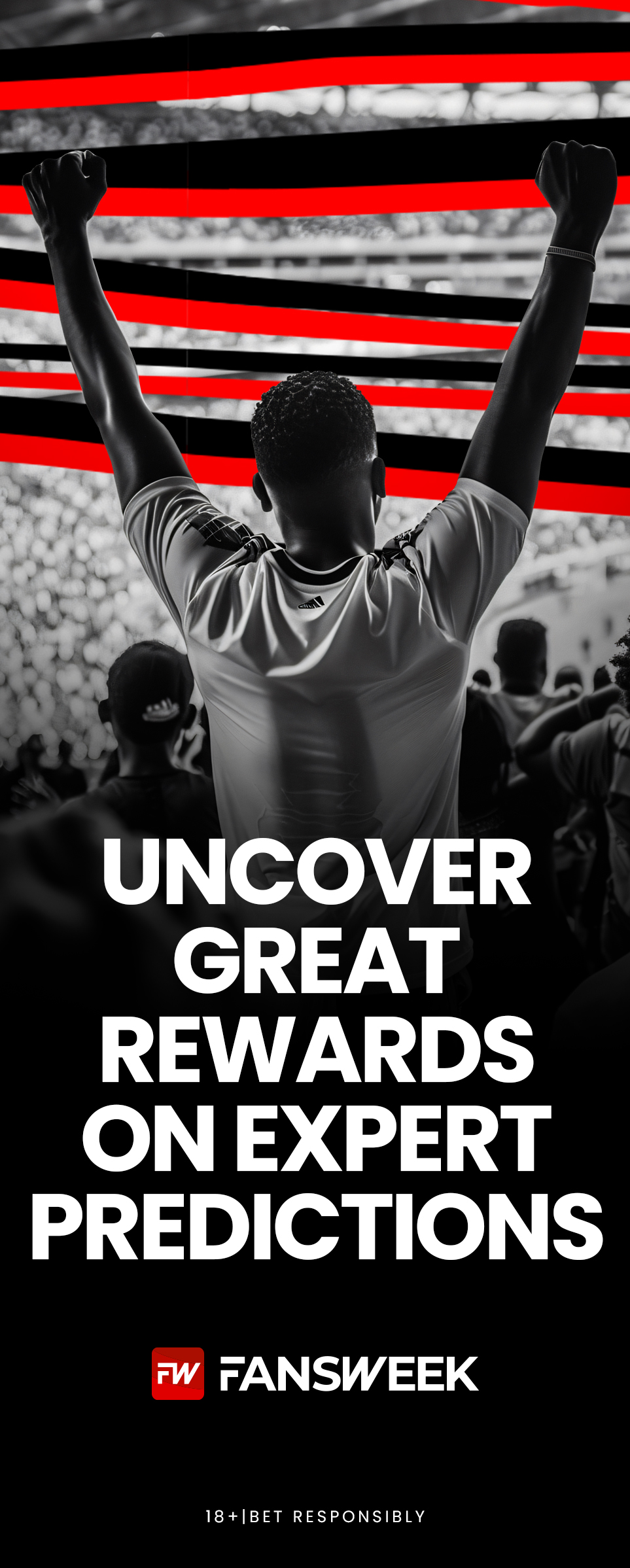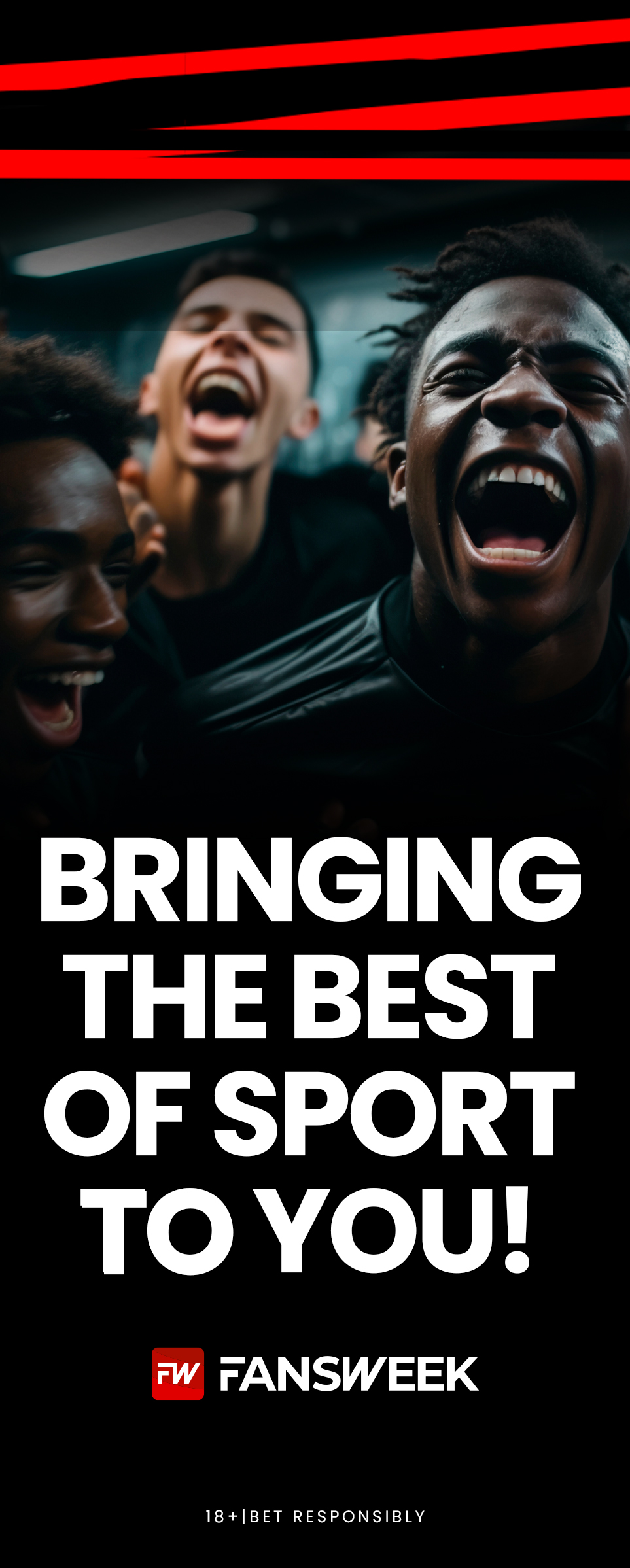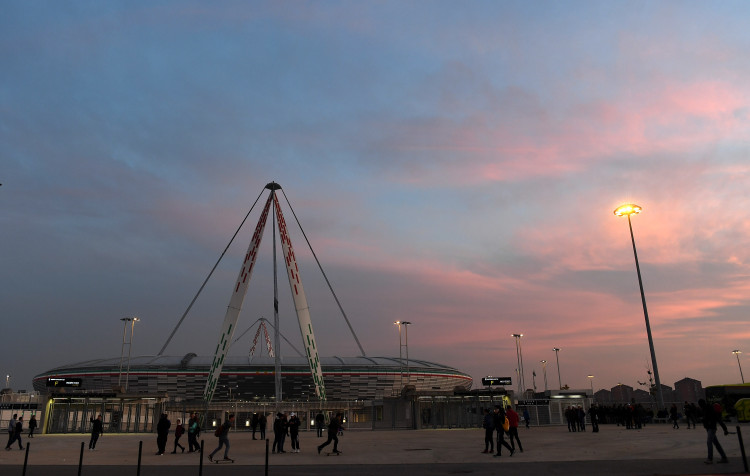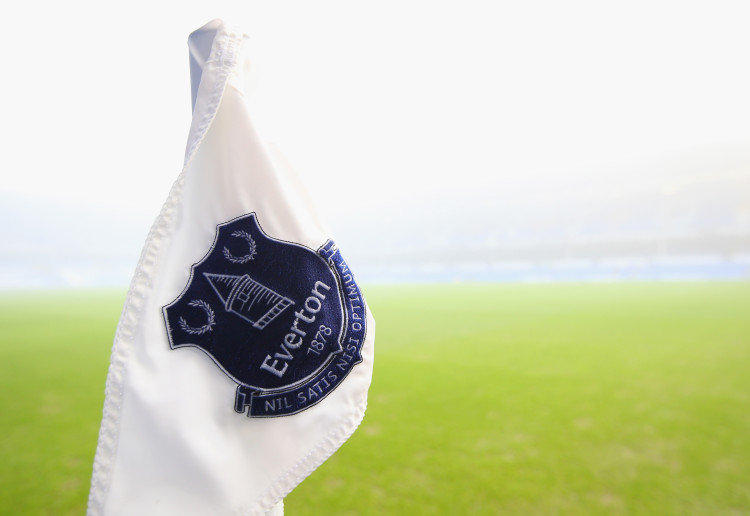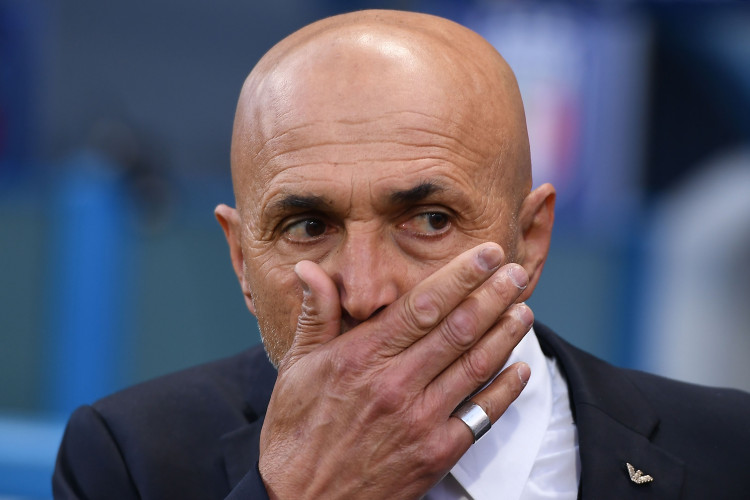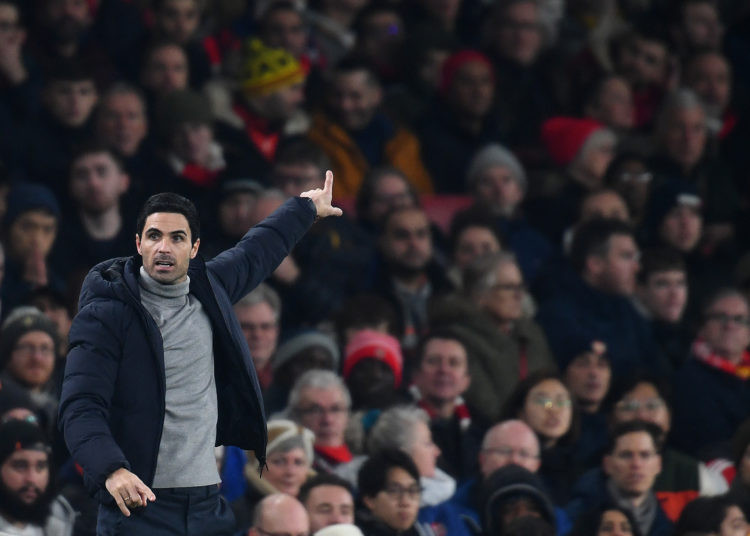
Set‑Piece FC, by Design: Inside Arsenal’s Sustainable Dead‑Ball Machine
Arsenal are being scrutinised for scoring so many set‑piece goals because their volume is unusually high for an elite team, shifting the narrative from free‑flowing football to dead‑ball efficiency even as it keeps delivering points at the top of the table.
That focus misses the bigger truth: this is a coached, repeatable edge under Nicolas Jover that scales year to year and now decides tight games like the Crystal Palace win.
Why the scrutiny
A growing league‑wide tilt toward set pieces has sparked debate about aesthetics and whether dead‑balls are “ruining” the Premier League, and Arsenal’s output makes them the headline case for the trend.
Even match reactions frame their wins as “another set piece” and ask for more open‑play scoring, reinforcing the perception that artistry is being replaced by routines, despite the obvious efficiency gains of this pathway to goal. Yet, performance models show Arsenal still rank among the league’s best in xG and box entries, suggesting set pieces complement rather than replace their broader attacking game.
The numbers since 2022/23
In the 2023/24 season, Arsenal scored 20 Premier League set‑piece goals excluding penalties, the most in the division, with 16 from corners, equalling the modern benchmark for corner output in a single season. In the 2024/25 campaign, they posted 15 league goals from set pieces, remaining among the leaders even as others surged late in the campaign.
Through the win over Crystal Palace this past weekend, Arsenal have 11 Premier League set‑piece goals in 2025/26, two more than any other side, with fully 69 per cent of their league goals coming from dead‑balls to date.
Across this period, their corner productivity has been staggering, with one outlet tallying 50 Premier League goals from corners since the start of 2022/23, underscoring sheer volume as well as consistency. Corner‑specific tracking also shows how quickly the 2025/26 total stacked up, with six goals from corners in the first six league games before the latest matchweeks.
Nicolas Jover’s imprint
Nicolas Jover was hired from Manchester City in 2021 to overhaul Arsenal’s set‑piece program, arriving with a track record of improving both attacking output and dead‑ball defending in the Premier League.
His fingerprints are obvious: heavy use of inswingers, coordinated blocking and crowding of the six‑yard box, and repeatable back‑post groupings that trigger front‑post runs and second‑ball chances. The specialist role is formalised on matchdays, with Arteta visibly ceding the touchline during dead‑ball phases, reflecting institutional trust and a clear process owned by the set‑piece unit.
Crystal Palace win and sustainability
Eberechi Eze’s scissor‑kick winner versus Crystal Palace came from a recycled Declan Rice free‑kick, another example of Arsenal mining first and second phases for high‑value shots in a cagey game state.
Context matters: that strike added to a Premier League‑leading set‑piece tally this season, and came in a match where Arsenal again controlled risk against a counter‑punching opponent, pairing dead‑ball threat with defensive stinginess.
Strategically, this is precisely what research argues: an elite set‑piece program can be worth the goals of an expensive striker, offering reliable edges when open‑play chance quality is hard to manufacture against organised blocks.
Are Arsenal the set‑piece benchmark?
Arsenal were clear leaders for set‑piece goals in the 2023/24 season, and they are leading again early in 2025/26 campaign, which supports the claim they are the Premier League’s benchmark for dead‑ball threat under Jover.
There was a mid‑2024/25 window when Crystal Palace and Aston Villa edged ahead on raw totals, showing the title for “best” can be contested within a single season as tactical emphasis shifts, but Arsenal remained top‑tier across the campaign.
On corners specifically, no ‘Big Six’ peer has matched Arsenal’s sustained volume and variety, with their 2023/24 corner haul and early‑season 2025/26 pace underscoring superiority in both design and execution. The Gunners’ reliance on set pieces is not a fad or a crutch; it is a systemised advantage built on coaching, repetition and personnel fit, which is why the productivity persists across seasons and squad tweaks.
With Jover’s drilled routines, Declan Rice and Martin Odegaard’s deliveries, and aerial targets like Gabriel and Saliba, Arsenal have a reliable pathway to 0.5-0.8 extra goals per match in the games that matter, turning fine margins into points over time.
The Crystal Palace win was emblematic: when open‑play space shrank, a rehearsed dead‑ball pattern produced the decisive action, aligning with broader data showing Arsenal can engineer set‑piece value on schedule rather than by chance.
Even as rivals copy elements of their playbook, the Gunners’ speed of refresh, short‑corner variations, blocker locations, and late runners, keeps their library ahead of the curve, sustaining edge while their open‑play metrics remain strong.
Scrutiny will follow the volume, but the combination of league‑leading outputs, repeatable design, and defensive control is exactly what sustainable title contention looks like in a league that increasingly prizes marginal gains from dead‑balls.

